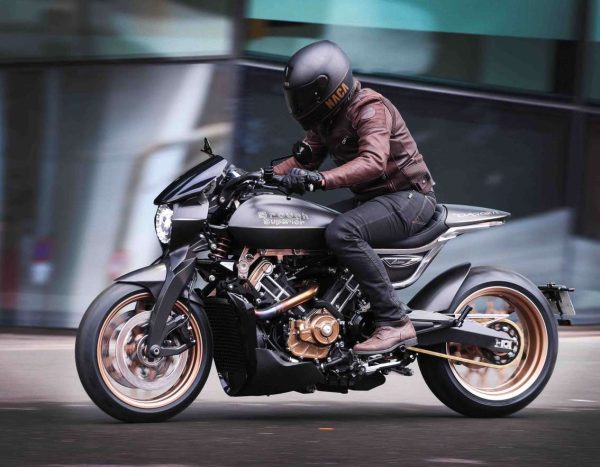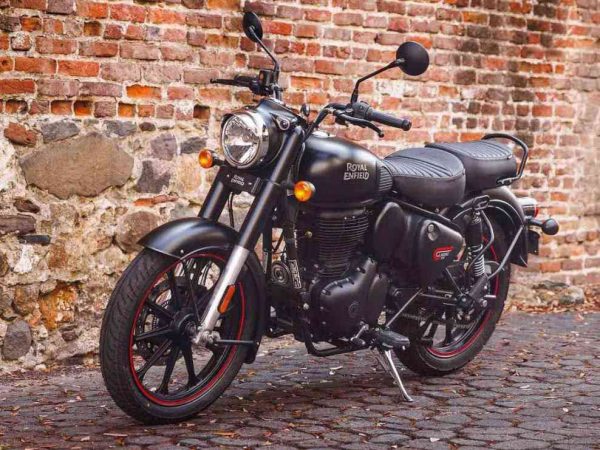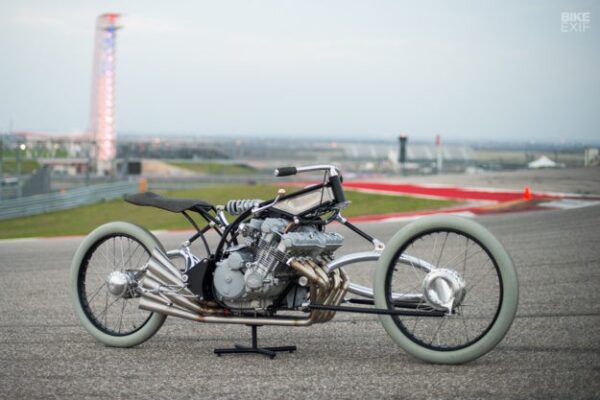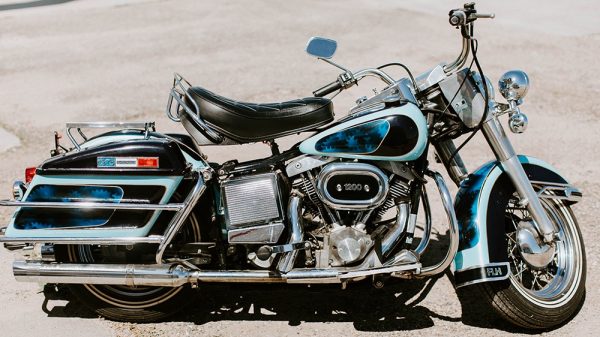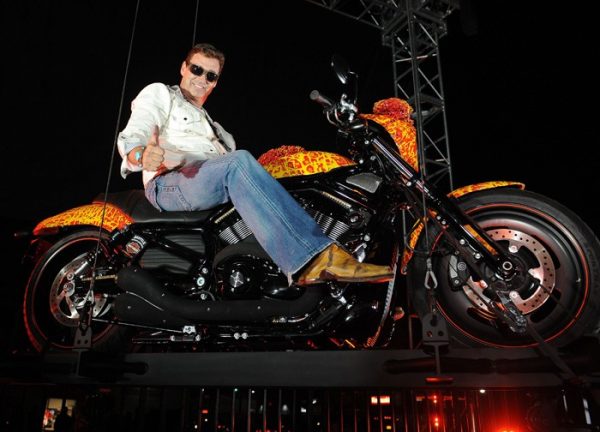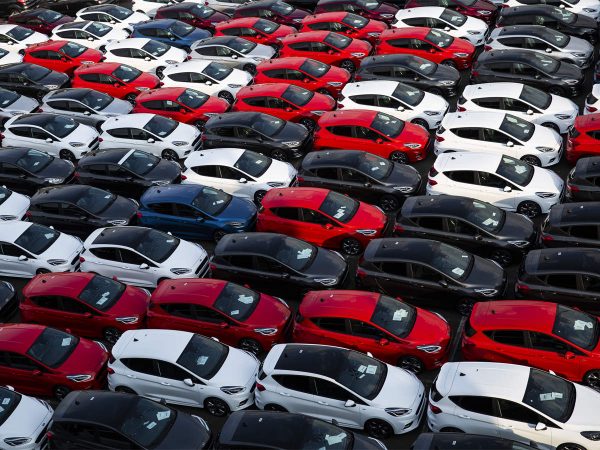Brough Superior Revival
It’s exactly ten years on since the born-again Brough Superior brand’s first all-new model, a modern take on the legendary SS100 launched 100 years ago this year as the world’s first street-legal Superbike, was unveiled at the 2013 EICMA Milan Show. The new Brough Superior motorcycle models build upon the brand’s legendary heritage and craftsmanship to transcend to a level of quality that is unmatched in the world of luxury machines. Brough is revolutionizing the luxury motorcycle industry by combining timeless design and an exclusive patented engine with state-of-the-art technology. The current Brough Superior motorcycle models – SS100, Pendine, Anniversary and Lawrence -are 100% French-made collectors’ motorcycles that combine luxury, passion and performance. Made by the most skilled craftsmen, each Brough Superior motorcycle is created with expertise, authenticity and innovation to offer its rider best-in-class power and maximum handling. Brough Superior motorcycles: the price of excellence No wonder they’ve been dubbed the “Rolls-Royce of motorcycles.” Brough Superior has been continually raising the bar for sophistication, luxury and an unparalleled riding experience since its inception! As early as the 1920s, the SS100 broke records for the world’s fastest motorcycle at 191.59 km/h (approx. 119 mph), which a century ago was extraordinary. At the time, Brough Superior motorcycles were renowned for their excellent custom details and performance. The brand has continued to uphold its standards and its prestige; to this day, each Brough Superior receives full-on custom treatment from fender to fender to meet the needs and desires of its future rider. The high-end price is proof, if any were needed, that this is, indeed, an elite luxury machine. Brough Superior’s workshops produce limited numbers of meticulously handcrafted models – just over 3,000 machines have been produced in 20 years – making each model even more iconic. French-based company has established an […]
Brough Superior Revival Read More »

